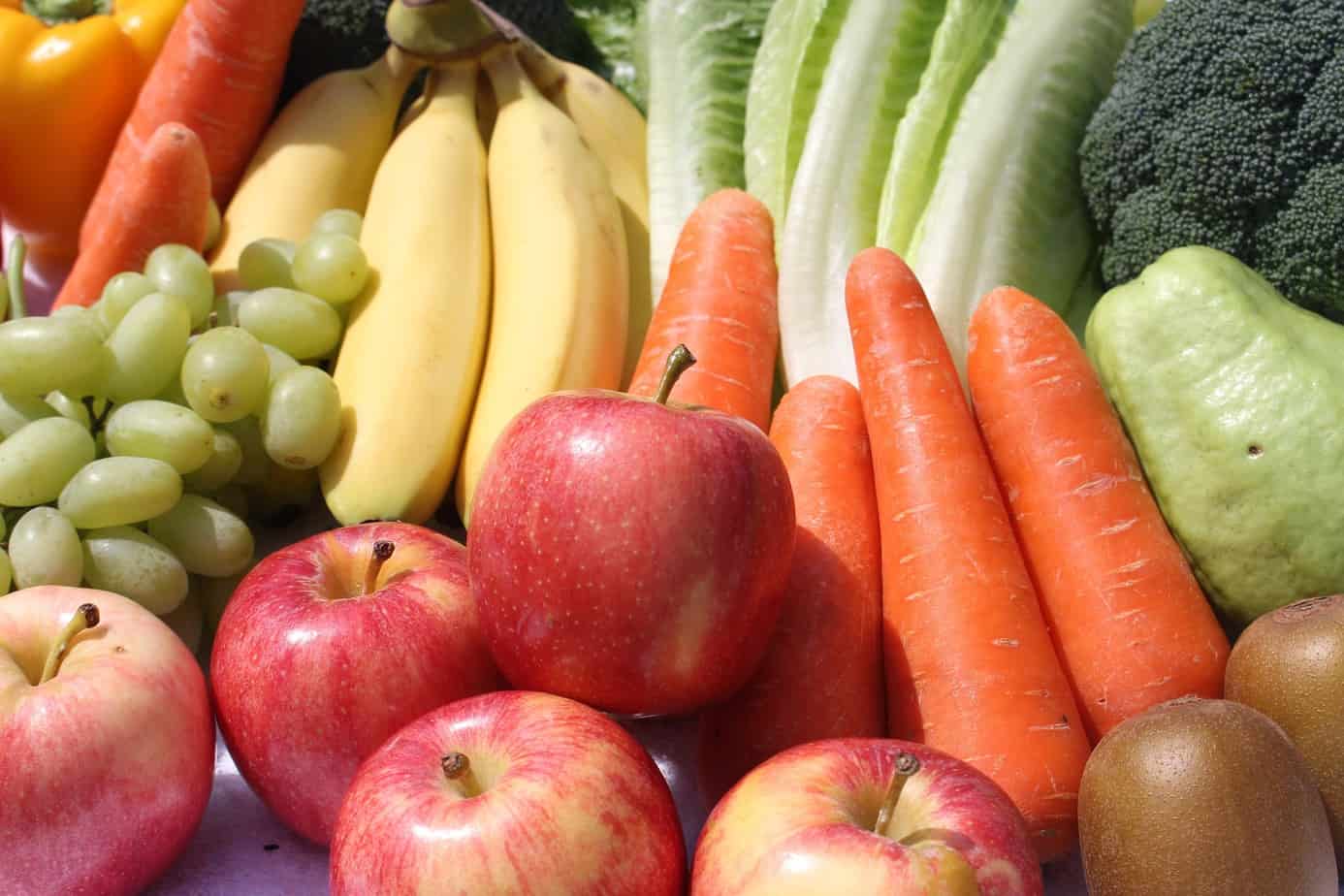I love to bake, and this Healthy Walnut Raisin Quick Bread is a favorite of mine.
It took a lot of tries to get this recipe to work. As a recipe developer, I’ve goofed by cutting back too much on one ingredient or another. You can benefit from my mistakes because I finally got it right this time!
Making Healthy Bread Without Yeast
When yeast is in short supply and when time is tight, quick breads, including muffins, scones, biscuits, and cornbread, are appealing to home bakers. Quick breads rise because they contain baking powder or baking soda (or both) and eggs.
As an impatient baker, I like to bake once, and eat twice. Healthy Walnut Raisin Quick Bread makes two loaves (or 24 muffins), and freezes well if you don’t need all of it at once.
How to Reduce Added Sugar in Quick Breads
The problem with many quick bread recipes is that they are full of added sugar. I have a sweet tooth, and I can easily go overboard with granulated, and brown sugar, molasses, maple syrup, and honey – all added sugars – but cutting back too much can be disastrous for baked goods.
This recipe is not free of added sugar. However, I’ve decreased the sugar content by using unsweetened applesauce, which also stands in for some of the oil, and raisins, which contribute natural sweetness. In addition to reducing added sugar levels, applesauce and raisins improve taste and texture, and add phytonutrients (protective plant compounds), potassium, and other nutrients.
Nuts Add Nutrition to Healthy Walnut Raisin Quick Bread
I see a lot of quick bread recipes with chocolate chips, and, to tell the truth, my kids favor those! I’m not such a big fan, though. Even though I love chocolate, I substitute nuts.
I’m always looking for opportunities to improve nutrition without sacrificing taste. In this case, I’ve used walnuts, which supply protein, fiber, phytonutrients, and heart-healthy unsaturated fat. I love the crunch that they lend to the bread, too.
Also, to increase whole grain content, I swapped some whole wheat flour for all-purpose flour, and I added oats. You could use even more whole wheat flour, or make other substitutions. Here’s how.

You can make this recipe as muffins, if you like.
I hope you enjoy this recipe as much I do!
Healthy Walnut Raisin Bread
Ingredients
- 2 cups all-purpose flour
- 1 cup whole wheat flour
- 1 tablespoon baking powder
- 1 tablespoon ground cinnamon
- 1 teaspoon salt
- 1 teaspoon baking soda
- 1 cup quick-cooking oats, uncooked
- 3/4 cup light brown sugar, packed
- 1 cup raisins
- 1 cup chopped walnuts
- 2 1/2 cups unsweetened applesauce
- 2/3 cup canola oil
- 4 large eggs
- 1/2 cup 1% low-fat milk
Instructions
- Preheat the oven to 350˚F. Coat two loaf pans with cooking spray or line 24 muffin cups with paper liners.
- In a large mixing bowl, combine the all-purpose and whole wheat flours, baking powder, cinnamon, salt, baking soda, oatmeal, brown sugar, raisins, and walnuts. Stir until well combined.
- Place the applesauce, canola oil, eggs, and milk in the bowl of an electric mixer. Blend on high speed until combined, about 1 minute.
- Add the applesauce mixture to the flour mixture. Stir until the dry ingredients are just moistened. Do not overmix.
- Fill the loaf pans with the batter, dividing it evenly between the 2 pans. Bake for 40 to 45 minutes or until a toothpick inserted in the center comes out clean. Remove from pans and allow to cool on a wire rack before slicing. If you're making muffins, cook for 14-16 minutes or until a toothpick inserted in the center comes out clean.









